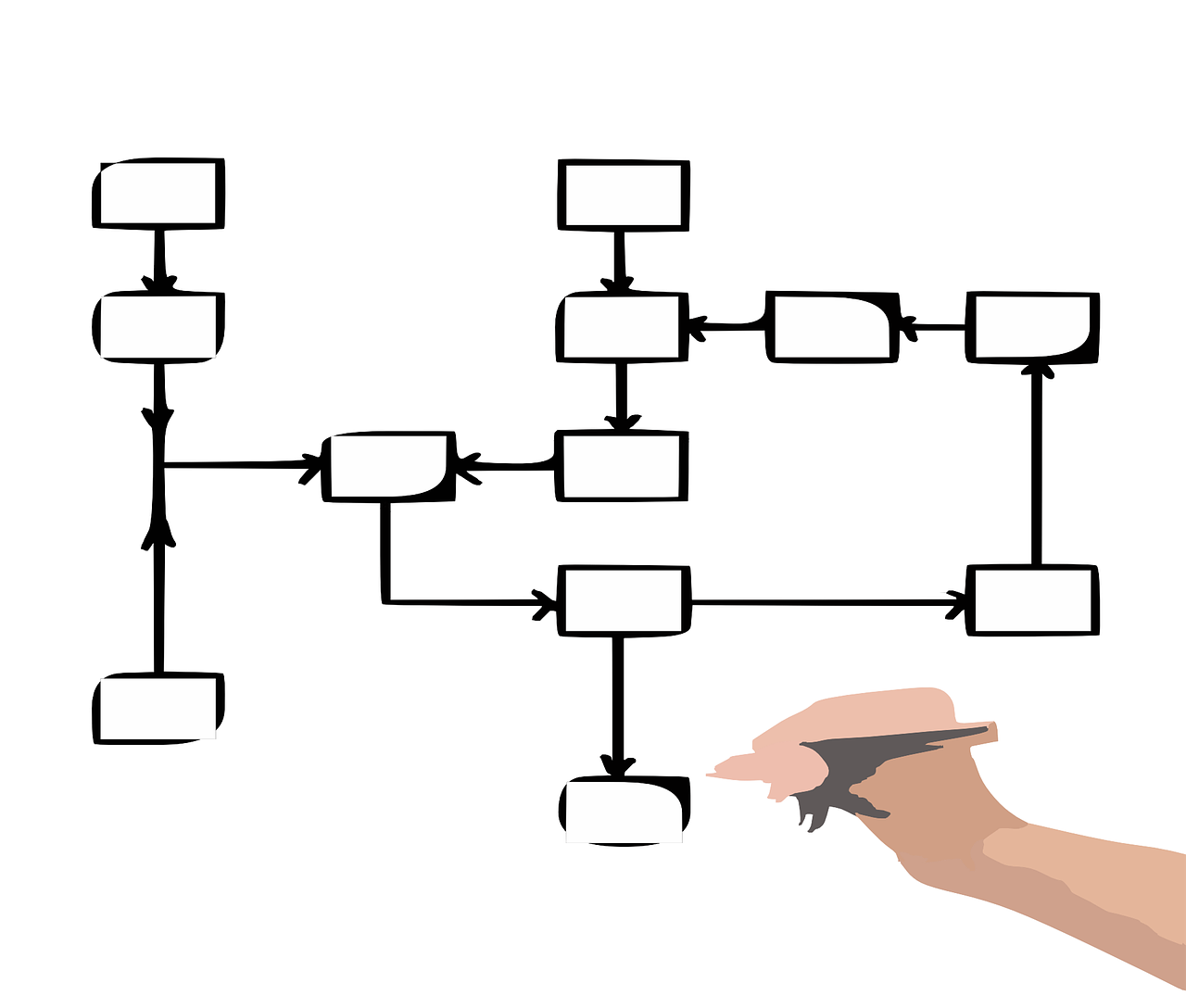Communication: Meaning, types and characteristics of communication.Effective communication: Verbal and Non-verbal, Inter-Cultural and group communications, Classroom communication.Barriers to effective communication.Mass-Media and Society.
Roots of Word Communication
‘Communis and communicare‘ are two Latin words related to the word communication. Communis is noun word, which means common, communiality or sharing.
- The receiver is decoding the message from the sender to understand the message.
- Channel: Any messages or information needs some channel or a medium. Example: television is an audio visual medium which decodes the electronic signals into an audio visuals to the audience
Process of Communication
Communications is a continuous process which mainly involves three elements viz. sender, message, and receiver.
1. Sender The sender or the communicator generates the message and conveys it to the receiver. He is the source and the one who starts the communication
2. Decoding It is the process of converting the symbols encoded by the sender.
Types of Communication
Verbal Communication : Verbal communication is the use of language to transfer information through speaking or sign language.
Factors of Effective Verbal communication:
1. Speak with confidence
2. Be clear and concise
3. Be aware of your non-verbal communication cues
4. Be a good listener
5. Think about the perspective of your audience
6. Vary your vocal tone
Formal Communication:
Formal Communication refers to the communication taking place through official channels in an organization.
Communication network is the pattern among the members of an organization through which the communication flows in an organization. It depends on the nature, channel of communication & number of persons involved.

Downward Communication
- Top managers should communicate directly with immediate supervisors
- Immediate supervisors should communicate with their direct reports
Characteristics of Communication
1. Communication is a two way process: Communication is essentially a two way process. It does not merely means sending and receiving messages.
2. Purpose of communication: Message is a Must. A communication must convey some message. If there is no message there is no communication. The basic purpose of communication is to create an understanding.
3. Form of communication: Communication may take several forms .It may be verbal or written. It may be formal or informal.
4. Scope of communication: Communication pervades all human relationship. It is essential in all type of organizational and at all levels of management.
5. Communication may be formal or informal: Formal communication follows the formal channels provided in the organization structure. In simple words, in informal communication, there is no direct communication between the Managing Director and the accounts clerks. Informal communication flows from informal channels of communication which are not provided in the organization structure.




